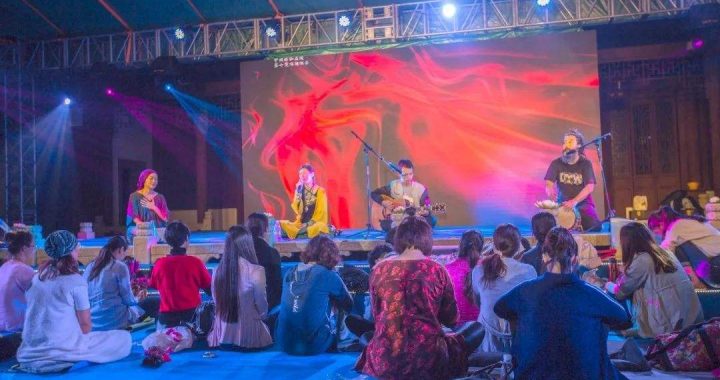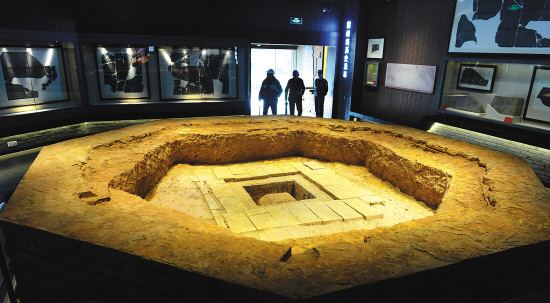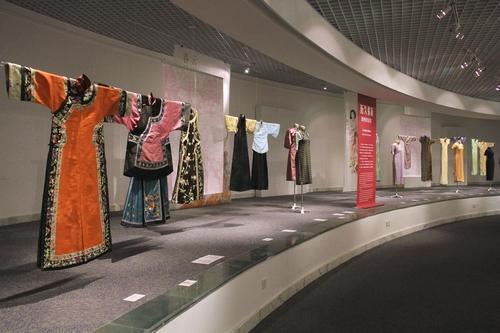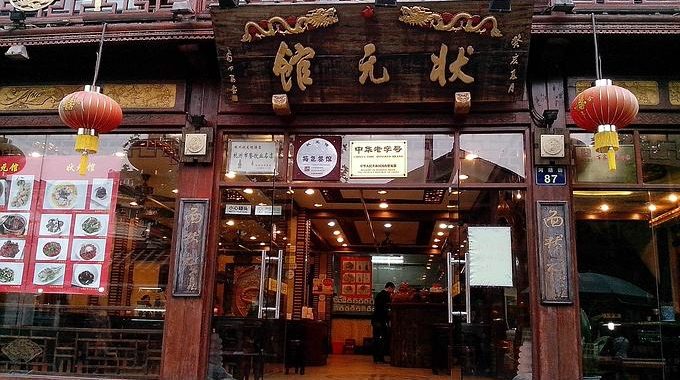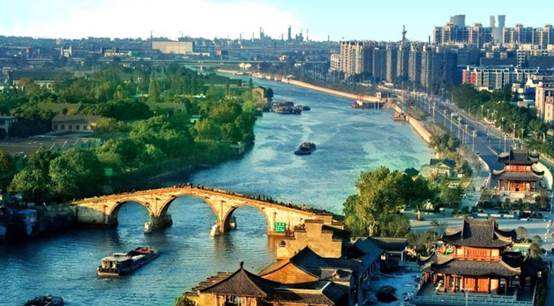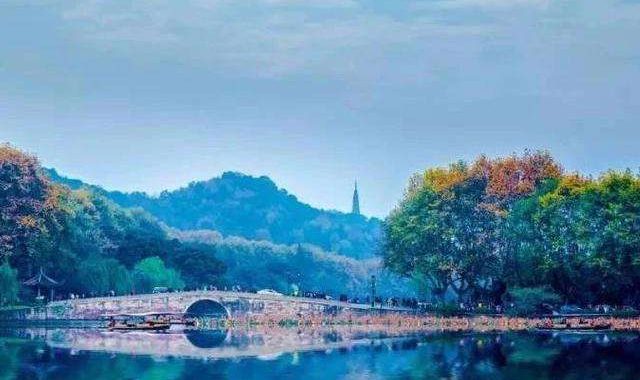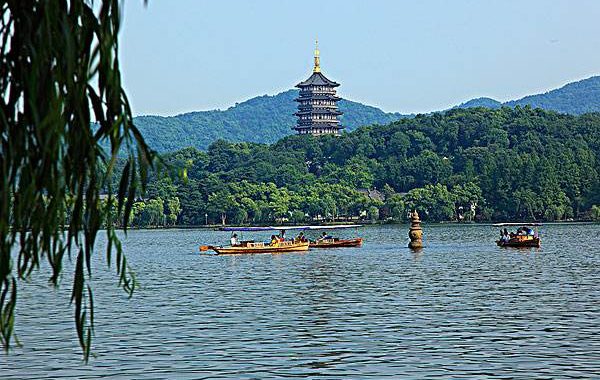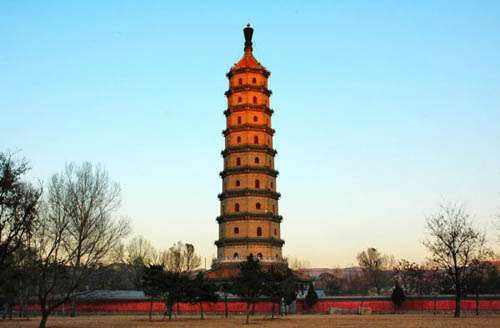Aqueduct of Ages
2 min readThe four Baxia creatures guarding the main arch of Gongchen Bridge,legendary statues of the sons of the formidable Dragon Emperor in Chinese mythology,look a bit nervous.This is natural considering their function is to stop unsteadily steered ships from hitting the bridge with nearly 400 years of history.Over the past decade,those Baxia have been hit multiple times by heavy coal barges and stone barges heading in andout of Hangzhou via the Grand Canal.Ignoring the occasional crash,these statues,hugging the side of the arches of one of China’s most beautiful bridges,have seen the best of Chinese history pass to and from one of the greatest cities in ancient China.
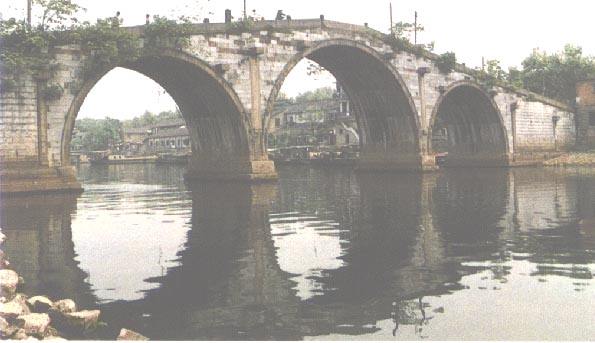
To some,the Grand Canal may seem like an ordinary river found in any Chinese city,olive water flowing and contained by cement banks decorated with sparse willow trees.
Taking in this placid scenery,it’s hard to imagine that the Grand Canal was once the heart of the world’s global economy.Stretching nearly 1,800 kilometers from Beijing toHangzhou,the Grand Canal was arguably the main contributor to the integration of southern and northern China more than 1,400 years ago.Wherever it flowed,it brought prosperity and communication,with Hangzhou as its most vital nexus.
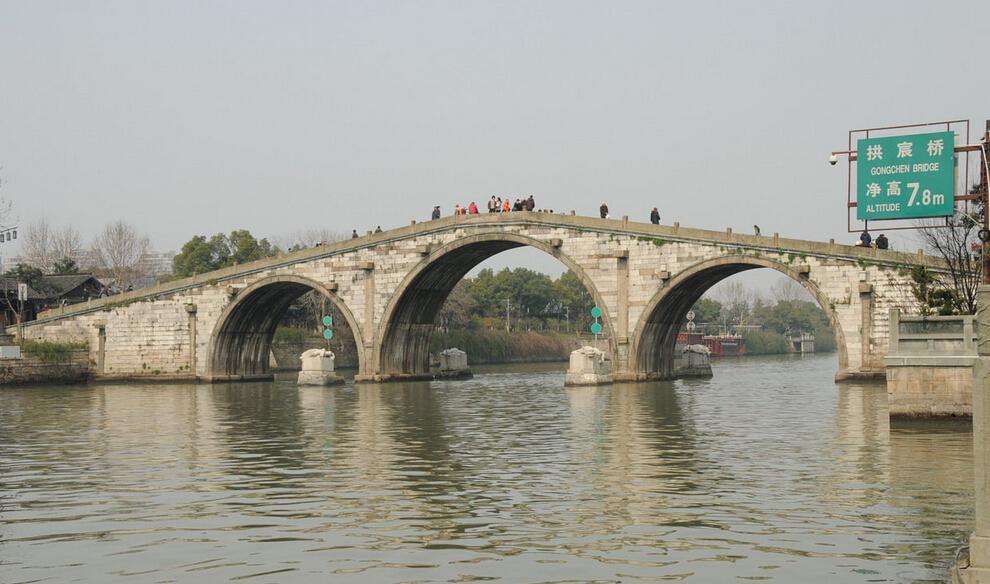
The Grand Canal,in fact,made Hangzhou.Before 605,Hangzhou was an obscure town canal-side villages and towns sprang up like fields of mushrooms when the northern areas were destroyed and the capital relocated in 1129.
What remained preserved of the Grand Canal in Hangzhou during the Song made a deep impression on visitors.For example,two intrepid travelers,Ibn Battuta and Marco Polo,each marveled at the Grand Canal when they visited Hangzhou.
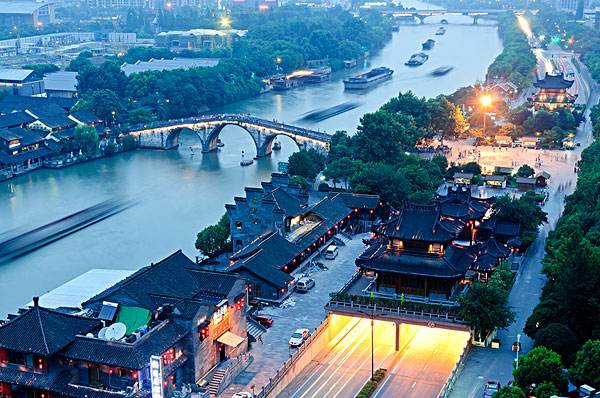
In the 1280s,Marco Polo visited the Grand Canal at Hangzhou:“At the back of the market places,there runs a very large canal,on the bank of which towards the squares are built great houses of stone,in which the merchants from India and other foreign parts store their wares,to be handy for the markets,”Marco Polo remarked.“In each of the squares is held a market three days in the week,frequented by 40,000 or 50,000 persons,who bring thither for sale every possible necessary of life.”
